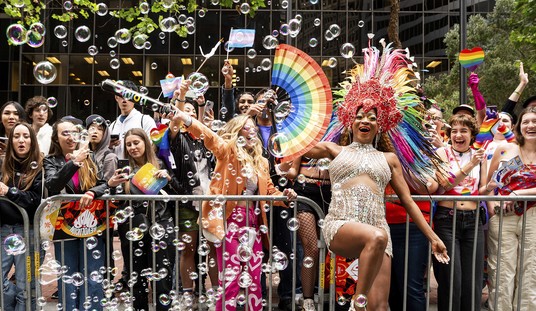In Maryland, Baltimore County became the first government entity in the state to enact a police reform bill this year. Given the national appetite for such things among activists from the Black Lives Matter movement and its supporters, this probably won’t come as much of a surprise. The final details of the bill were not, however quite as bad as the original framework that had been under discussion last year. In fact, some of the provisions strike me as fairly reasonable compromises. Still, as soon as it was announced, people quickly began complaining that it wasn’t enough and had taken too long to be put in place. (Baltimore Sun)
The reform bill pushed by County Executive Johnny Olszewski Jr. and approved by the County Council does not require officers to spend more time walking a beat and meeting with residents. But, among other changes, it compels officers to intervene if they witness excessive use of force.
And it is designed to curtail the use of chokeholds by county officers, allowing that use of force only in defense against death or serious bodily injury.
“It’s needed in order to restore what we’re losing as far as our community trust,” said Kelly Fenner, the police department’s chief diversity and inclusion officer.
Taking away chokeholds as a means of non-lethal intervention isn’t a great idea, but the new rules still allow for the use of that technique if the officer’s life or physical safety is in danger. As I said, perhaps imperfect, but it’s at least a compromise. One of the originally planned provisions would have mandated that officers spend a percentage of their time literally “walking the beat” so they could be more in touch with the people in the neighborhoods. After it was pointed out that some of those neighborhoods are simply not safe for anyone to walk around in, particularly if you’re wearing a police uniform, that portion of the plan was dropped. In another compromise, officers will take part in what amount to community town halls where residents can ask questions and air their concerns.
The county also abandoned a plan to mandate that officers must live in the communities they patrol. Instead, they will be “encouraged” to do so, but they can’t realistically force them to do that. Still, that wasn’t enough for the local NAACP chapter.
“The proof is in the pudding,” said Tony Fugett, president of the Baltimore County branch of the NAACP. “You’ve checked all the boxes. Now the work has to begin, and are you really in earnest going to do the work?”
Fugett said the NAACP has been “screaming at the top of our lungs” about the police department’s issues internally and with traffic stop disparities, but he’s glad the county is finally taking steps to address it.
Another activist was upset that civilians weren’t put in charge of the police disciplinary board. Given the atmosphere on the streets of the city, you can imagine what types of findings they would have been handing down. Instead, two of the twelve seats on the board are being given to civilian members of the community while the rest are comprised of law enforcement professionals. I suppose not everyone was going to be satisfied no matter what they did.
What’s still not being mentioned throughout this debate is what the city plans to do about its gang violence problem. Baltimore still has just about the highest per capita murder rate in the country. Reducing the total number of cops as well as scaling back the gang control task force isn’t getting them any closer to making the city safe. And to be clear, the city of Baltimore is not safe for its residents. That’s the first job of any elected government and Charm City is failing at the task miserably. Finding new and more creative ways to blame the cops for their problems isn’t moving the ball down the field.








Join the conversation as a VIP Member